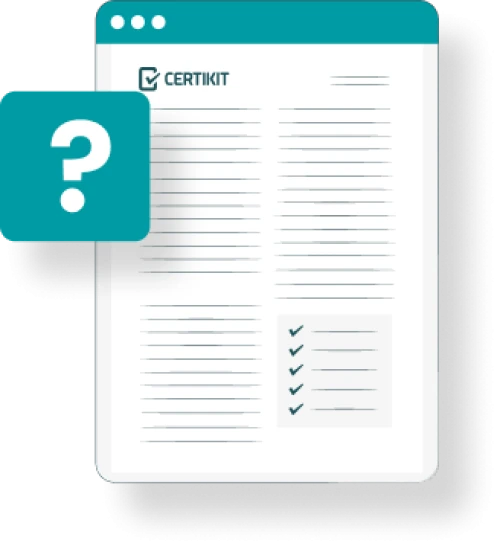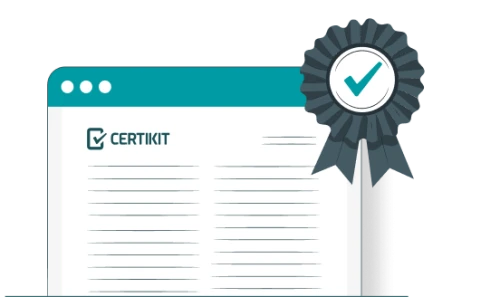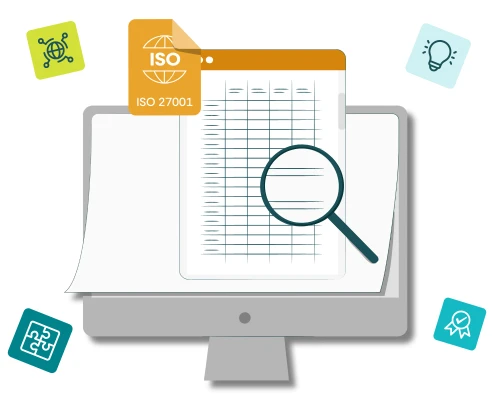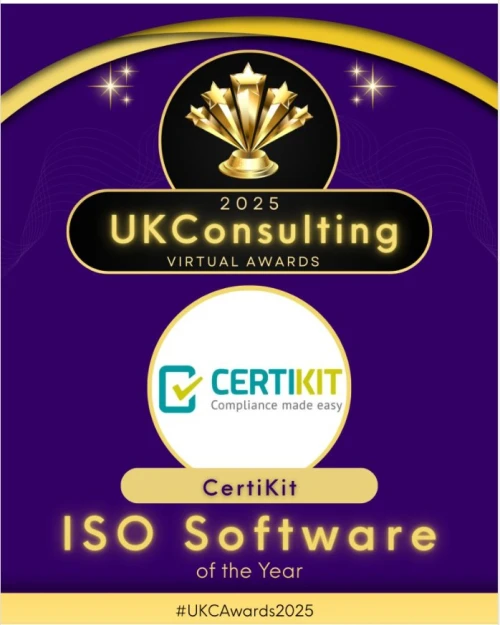ISO45001 is the internationally recognised standard for occupational health and safety, providing a structured framework to reduce workplace risks, enhance employee well-being, and improve regulatory compliance.
Filled with pre-written templates, guidance documents, and practical tools, the toolkit makes compliance easier and accelerates your certification journey. With unlimited email support from our expert team and a perpetual licence, you can ensure support for long-term compliance.







